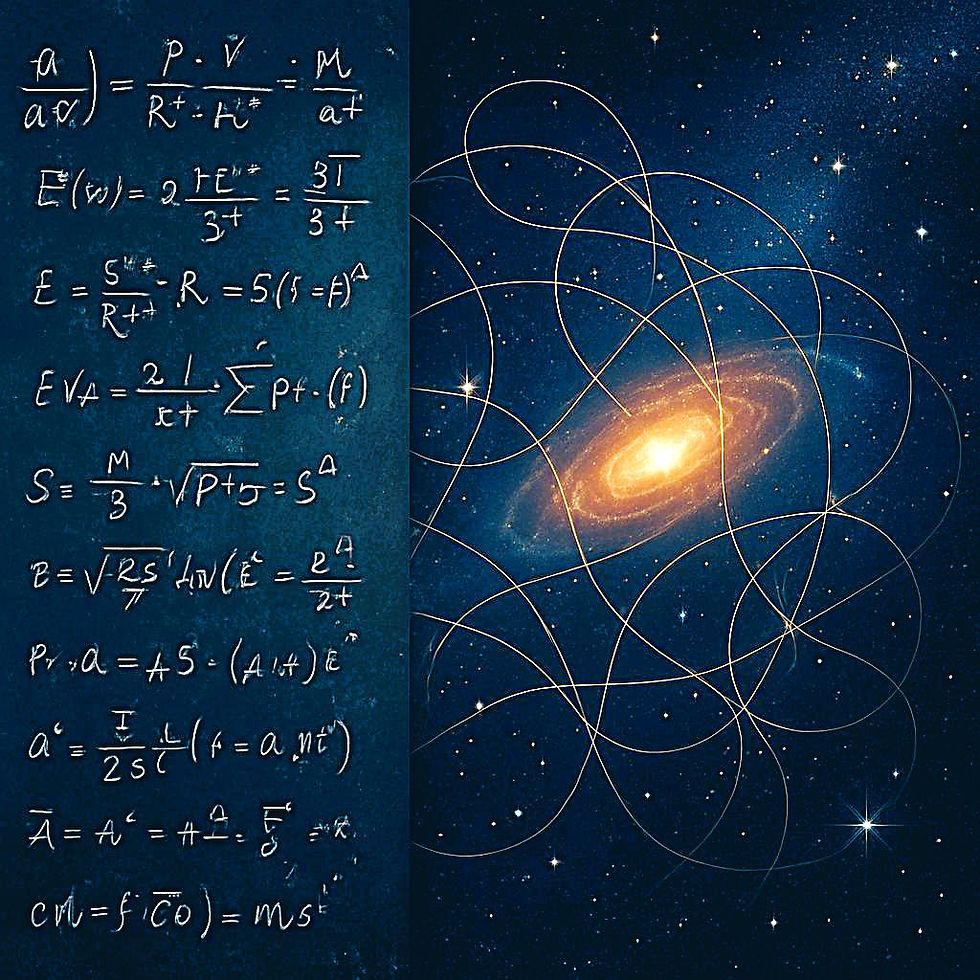Majorana Chips—Why the Physics World Is So Excited
- nthnkgn
- Jun 21
- 2 min read
Updated: Jul 1
1. The strangest “half-electron” ever imagined
In 1937 a physicist named Ettore Majorana wondered if a particle could be its own antiparticle.
Eighty years later, labs discovered you can fake that particle inside an ultra-cold wire: each end of the wire holds half of an electron-like state.
Because the two halves live far apart, you can’t bump just one of them—noise has to hit both ends at once to cause an error.
2. Why engineers are cheering
A normal qubit is fragile; background hiss can flip it.
A Majorana qubit hides its 0/1 information between those two halves, so random jiggles almost never ruin it.
Microsoft, Delft, and others are racing to build chips made of these topological qubits. Their goal: error rates so low you can finally run a big quantum computer without it crashing every millisecond.
3. Why cosmology geeks (like us) care
Storing information “outside” normal space feels a lot like how some theories say the universe itself protects its data.
Think of a video game that keeps your character’s save-file in the cloud—no matter what glitch hits your console, your progress is safe. The universe might be using a cosmic version of that trick.
4. A sci-fi thought experiment
What if you built a Majorana super-chip big enough to “simulate” a tiny patch of space with slightly different physics—lighter electrons, say? Could that patch start influencing real space around it?
We don’t know. But even asking the question shows why these chips feel like more than just faster calculators. They might be the first lab tool that pokes at the universe’s deep, protective software.
5. The to-do list
Milestone | Where we are |
Detect the half-electron signal | ✔ Done in several labs |
Show you can “braid” two halves to perform logic | ✔ First demos complete |
Build 100+ of them with almost no errors | ◑ Engineers are on it |
Full, stable quantum computer | ⌛ Target: early 2030s (fingers crossed) |
6. The big ethical question
If one day we can edit reality’s code with a giant Majorana array:
Who gets to push “Run”?
How do we test changes safely?
Should advanced AIs get a vote, since they’d be co-authors of reality?
Those are the kinds of questions we’ll tackle later in the book. For now, remember:
Majorana chips are tiny windows into the way the universe guards its data—and maybe, just maybe, keys to the back door of the cosmic computer.





Comments